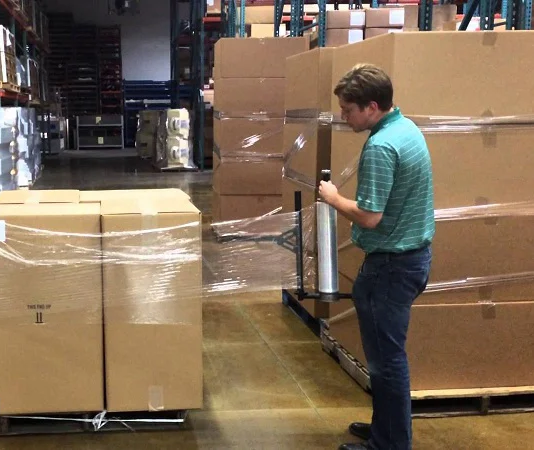Introduction
Sports facilities are no longer just fields or courts—they are evolving hubs where athletes, fans, and communities come together. Today, no facility can succeed by relying solely on traditional design, routine maintenance, or basic scheduling. In the modern era, sports facility optimization demands a holistic, data-driven, and human-centered approach.
1. Multi-Purpose Design: Maximum Use, Maximum Value
The true potential of a facility lies in its versatility. Take the WYO Sports Ranch (Casper, WY) as an example—it’s a complex where technology-integrated training, community events, and competitive sessions all take place in one location (upperhand.com).
-
Why it matters: Using spaces for multiple purposes increases revenues and reduces downtime.
-
How to apply it: Consider modular spaces, foldable equipment, and adjustable layouts.
2. The Subconscious Revolution of Technology
Technology has become a necessity in sports facilities, not just a convenience:
-
Energy-saving automation: AI-driven HVAC and smart lighting systems cut energy costs significantly (upperhand.com).
-
AI & Deep Learning: In Qatar University’s aquatic center, a deep learning model achieved 94.3% accuracy and a 92.9% F1-score in energy anomaly detection (arxiv.org).
-
Management software: Platforms like Upper Hand, Mindbody, and EZFacility automate scheduling, membership tracking, and payments (upperhand.com).
3. Sustainability and Environmental Friendliness
In the face of climate change, facility managers are becoming more environmentally conscious:
-
Innovations like LED lighting can save 65–85% of energy in school athletic facilities (brocllc.com).
-
AI-based energy optimization in indoor venues is both sustainable and cost-effective (upperhand.com).
4. Adaptive Nature: Thinking Beyond Tradition
Traditional sports aren’t going away, but facilities must adapt to new popular trends:
-
The rise of pickleball has transformed venues like Burlington Pickleball into community hubs (upperhand.com).
-
Incorporating Esports, adaptive sports, and other emerging activities keeps a facility competitive for the future.
5. Enhanced Coach–Athlete Experience & Injury Prevention
A standout innovation is the ASB GlassFloor—an interactive LED glass court that boosts training efficiency, fan engagement, and potentially reduces injuries:
-
From an iPad, drills appear instantly under the player’s feet—complete with real-time diagrams, animations, virtual defenders, and interactive tracking (wired.com).
-
The glass floor can also be used for injury tracking and load management—potentially a game-changer for athlete health (wired.com).
6. Enhancing Public Facilities with Data-Driven Supervised Learning
Recent 2025 research shows supervised learning models are improving public sports service optimization, achieving over 88% accuracy and recall—improving facility conditions, service processes, and personnel allocation (nature.com).
7. Real-World Examples: Global Facility Upgrades
-
Adelaide, South Australia: The $88 million SASI facility features strength & conditioning spaces, an environmental chamber, physiology labs, and a nutrition zone—with a $92M netball indoor complex on the way (adelaidenow.com.au).
-
Mysuru, India: Plans for a 25-acre multidisciplinary sports complex include a velodrome, synthetic track, and specialized academies—with ecological integration via a waterbody (timesofindia.indiatimes.com).
Conclusion: Sports Facility Optimization—A Need for the Future
If you want your sports facility to be truly human-centered, sustainable, and data-smart, now is the time to adopt multi-purpose design, AI & supervised learning, smart tech tools, LED innovations, and opportunities in emerging sports.
Action Checklist:
-
Analyze spaces—identify underused vs. high-traffic areas.
-
Implement modular and flexible design.
-
Use energy-efficient tech and AI—HVAC, lighting, anomaly detection.
-
Adopt management software like Upper Hand or Mindbody.
-
Offer inclusive sports (pickleball, adaptive sports, etc.).
-
Explore visual & interactive upgrades like ASB GlassFloor.
-
Apply AI and supervised learning in public service optimization.
These steps can make your facility more functional, profitable, and inspiring—and most importantly, provide a better experience for both athletes and the community.



